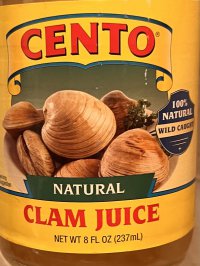Another way to phrase the findings of the study is that vitamin D deficiency increases the risk of death from any cause. Another important finding of the study is that it was the levels of 25-OH-D (calcifediol, a biomarker of of cholcalciferol (vit. D3) supplementation) and not 1,25-OH-D (calcitriol), which had inverse correlation to all-cause mortality and premature death. The fact that about 30% of US adults have vitamin D deficiency and another ~10% have vitamin D insufficiency, may be a major cause behind the recent drop in expected lifespan of US adults.
https://www.jacc.org/doi/abs/10.1016/j.jacc.2008.08.050
ACP Journals
Vitamin D Deficiency Is Linked To Premature Death, New Study Says | mindbodygreen
"...New research reveals that improving your vitamin D levels can be a matter of life or death. A new population study from Annals of Internal Medicine shows mortality risk increases with vitamin D deficiency, which is defined as a 25(OH)D serum level of 20 ng/ml or lower. Considering 29% of U.S. adults1 are deficient in vitamin D, this new research is a bit alarming. The study also found an association between low vitamin D status and mortality from cancer, cardiovascular disease, and respiratory diseases. This means the 60% of U.S. adults2 living with at least one chronic disease and 40% that have two or more chronic diseases could be at even higher risk of mortality if they're also deficient in vitamin D."
https://www.jacc.org/doi/abs/10.1016/j.jacc.2008.08.050
ACP Journals
Vitamin D Deficiency Is Linked To Premature Death, New Study Says | mindbodygreen
"...New research reveals that improving your vitamin D levels can be a matter of life or death. A new population study from Annals of Internal Medicine shows mortality risk increases with vitamin D deficiency, which is defined as a 25(OH)D serum level of 20 ng/ml or lower. Considering 29% of U.S. adults1 are deficient in vitamin D, this new research is a bit alarming. The study also found an association between low vitamin D status and mortality from cancer, cardiovascular disease, and respiratory diseases. This means the 60% of U.S. adults2 living with at least one chronic disease and 40% that have two or more chronic diseases could be at even higher risk of mortality if they're also deficient in vitamin D."


